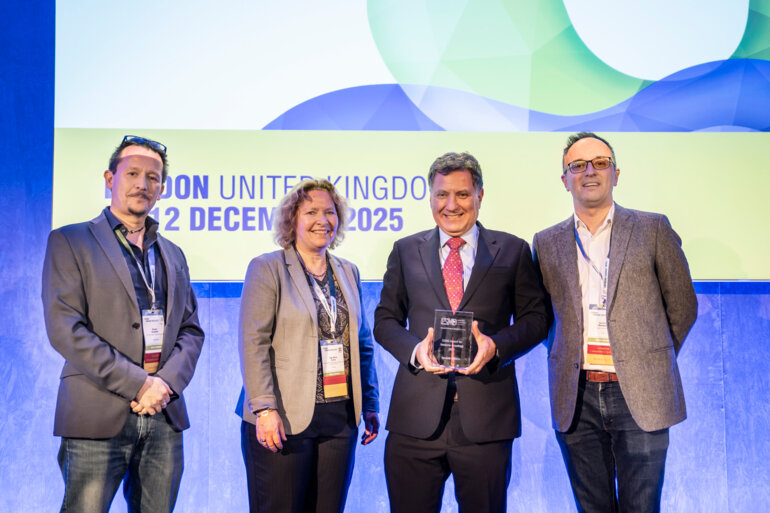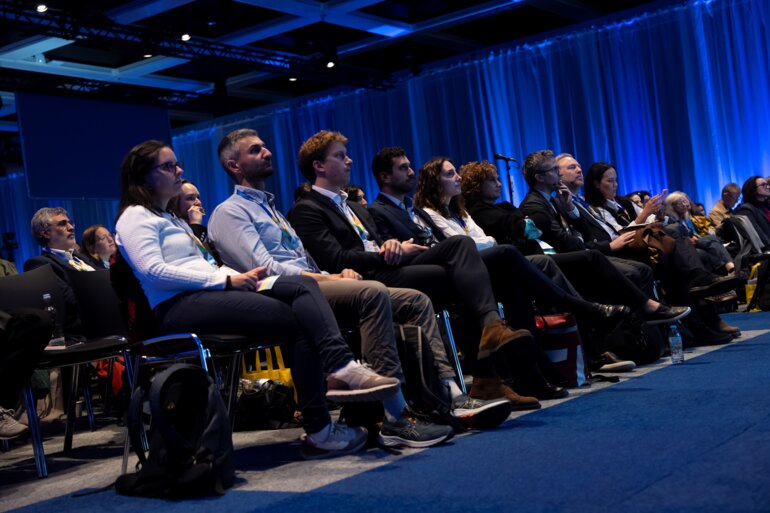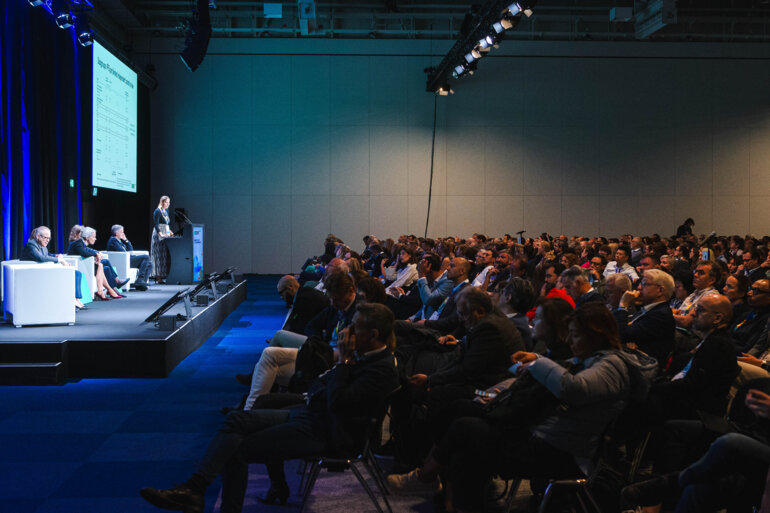Despite generally disappointing clinical trial results, technological innovations mean that realising the potential for cancer vaccines could be just around the corner
Although vaccines could effect a transformational leap forward in the management of cancer, taking their place alongside the standards of surgery, radiotherapy and chemotherapy as a robust treatment modality, the results of clinical trials conducted so far in the field have not met the hopeful expectations with which they were initiated. It is not surprising, therefore, that this has cast doubt on the therapeutic potential of cancer vaccines. However, while there are many hurdles to face, I believe that the story for cancer vaccines is far from over.
One of the most immediate tasks is to identify appropriate target antigens and, crucially, to validate them. The most effective vaccines will be highly personalised, targeting the patient’s tumour mutations at the specific epitopes recognised by their own immune system. Currently, the focus is on tumours that show a response to checkpoint blockade and these generally have a high mutational burden. With improvements in target antigen selection, it should be possible to extend the treatable population to include patients with lower mutation-burden tumours, who currently do not respond to checkpoint inhibitors and who have few treatment options. We also need to determine which patients are most likely to derive clinical benefit. There are, as yet, no confirmed biomarkers, but our group has detected signals suggesting that the depth, breadth and magnitude of the pre-existing neoantigen-specific T-cell response in a given patient could be an excellent way to predict their response to checkpoint blockade and to cancer vaccines.
The stage of disease at which vaccines work best is another area for clarification. It is likely that in the first instance, the patients receiving vaccines will be those who have failed first- or subsequent-line therapies. The degree of efficacy achievable in this difficult-to-treat population is a challenge for any treatment. I believe there is a case to be made for well-designed vaccine trials in the adjuvant setting, which should add meaningful data to support their use as a viable treatment modality. In investigating the most effective vaccine formulation and platform, the emphasis should be on finding a strategy that can be tailored to each patient and that is both scalable and cost effective. The value of different platforms, including RNA, peptides, dendritic cells and various viruses, requires further study. We also need to determine how the different elements of the adaptive immune system, that is the CD4 and CD8 T-cells, can be most effectively engaged by vaccines.
The obstacles facing vaccine development – which are further compounded by the heterogeneity inherent in cancer, the issue of clonal versus non-clonal mutations and the concept of immune escape or immune editing – cannot be downplayed. However, improvements in technology will be enormously helpful in moving the field forward. The advent of rapid, cost-effective next-generation sequencing will enable widespread collection of patient genomic data. And the application of single-cell transcriptomic technology, together with bioinformatics and chromosomal engineering with CRISPR-Cas9, will provide an unprecedented level of detail on the immune response to cancer in a physiological setting and will help to elucidate the opportunities for therapeutic intervention.
I think that we will see increasingly encouraging data emerging on cancer vaccines in the next few years and that we will make significant and meaningful progress towards realising their potential to improve patient outcomes.
Don't miss:
Cancer vaccines: Promise or dead end? ESMO Immuno-Oncology Congress 2022
Controversy Session 07.12.2022, h. 14:05 – 15:05, Room A. Also watch the session on the Congress virtual platform.







